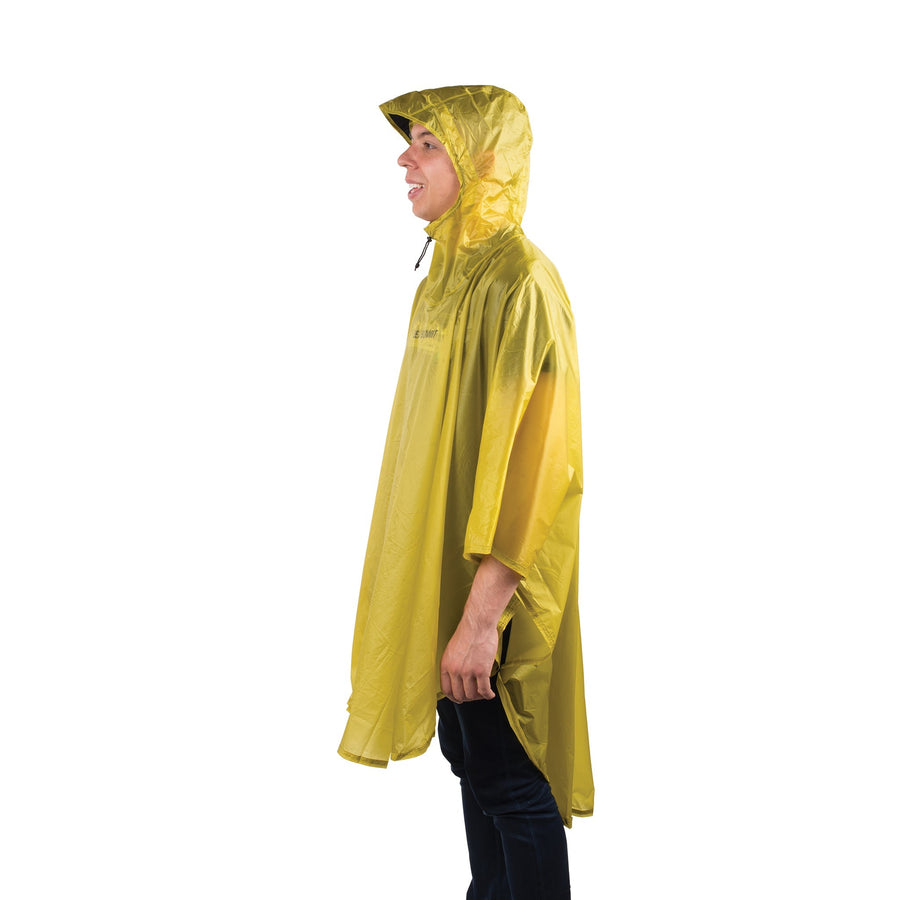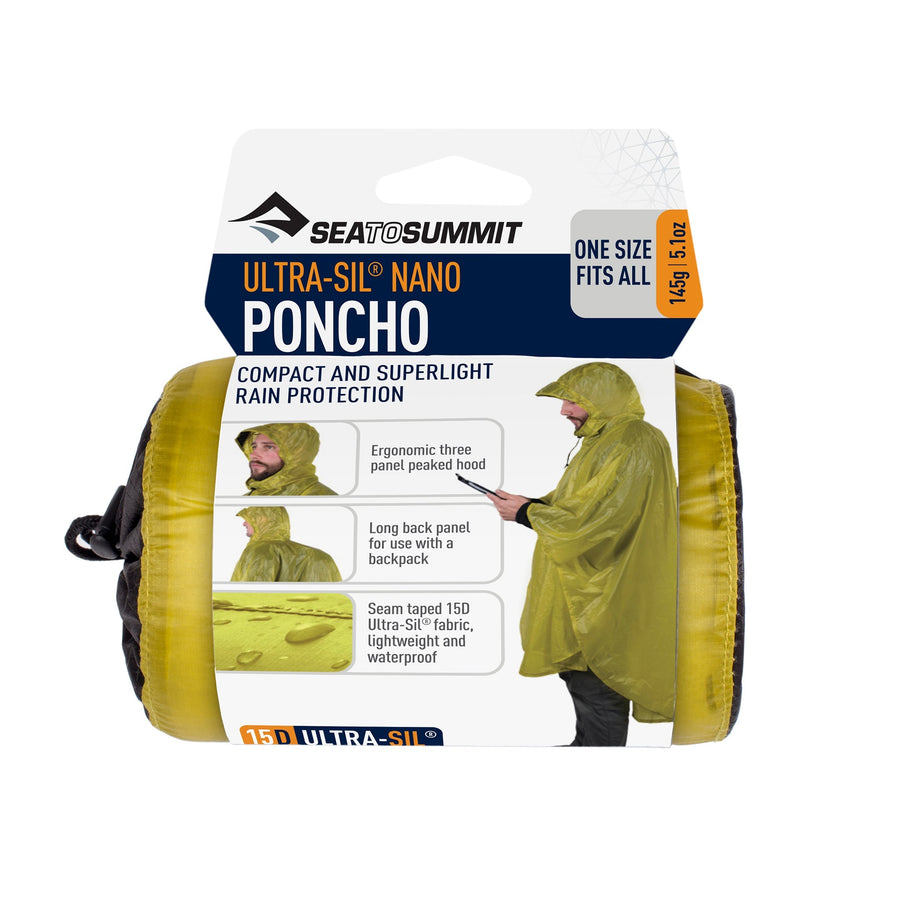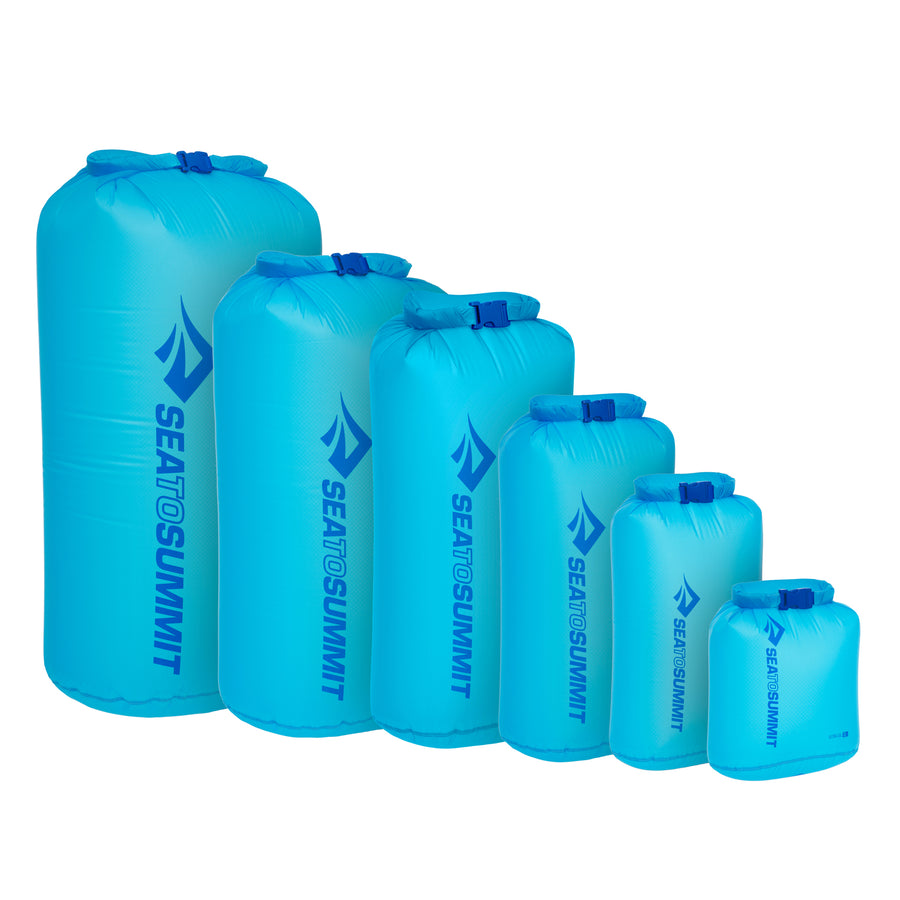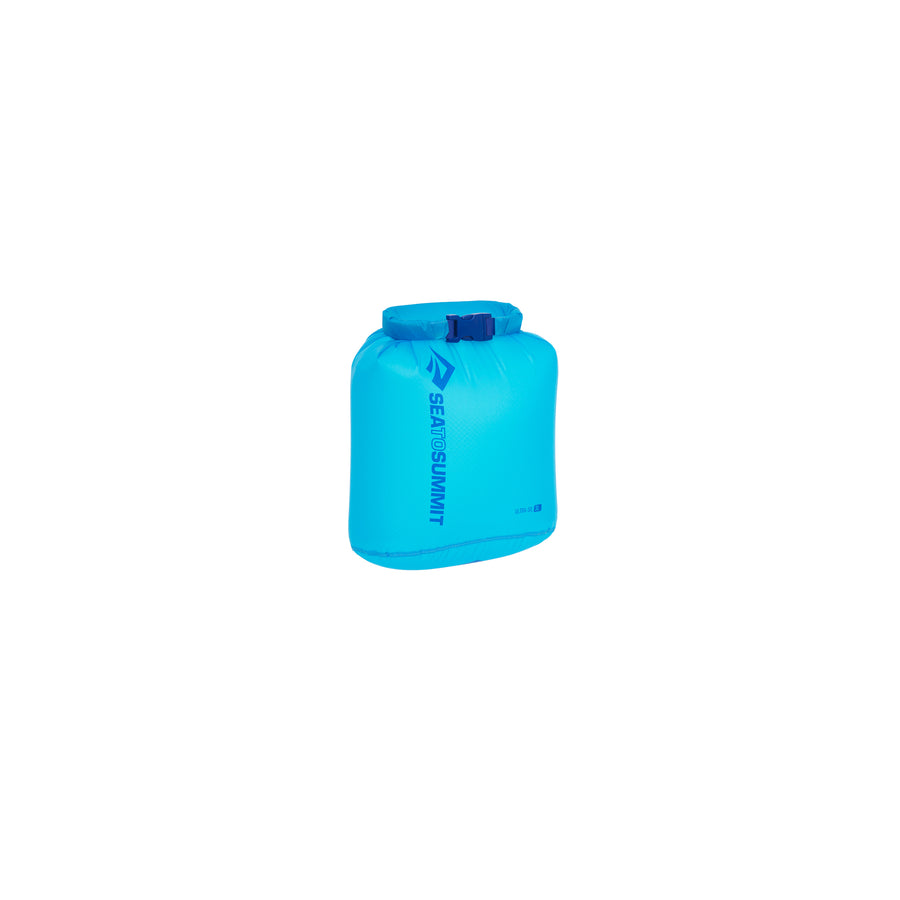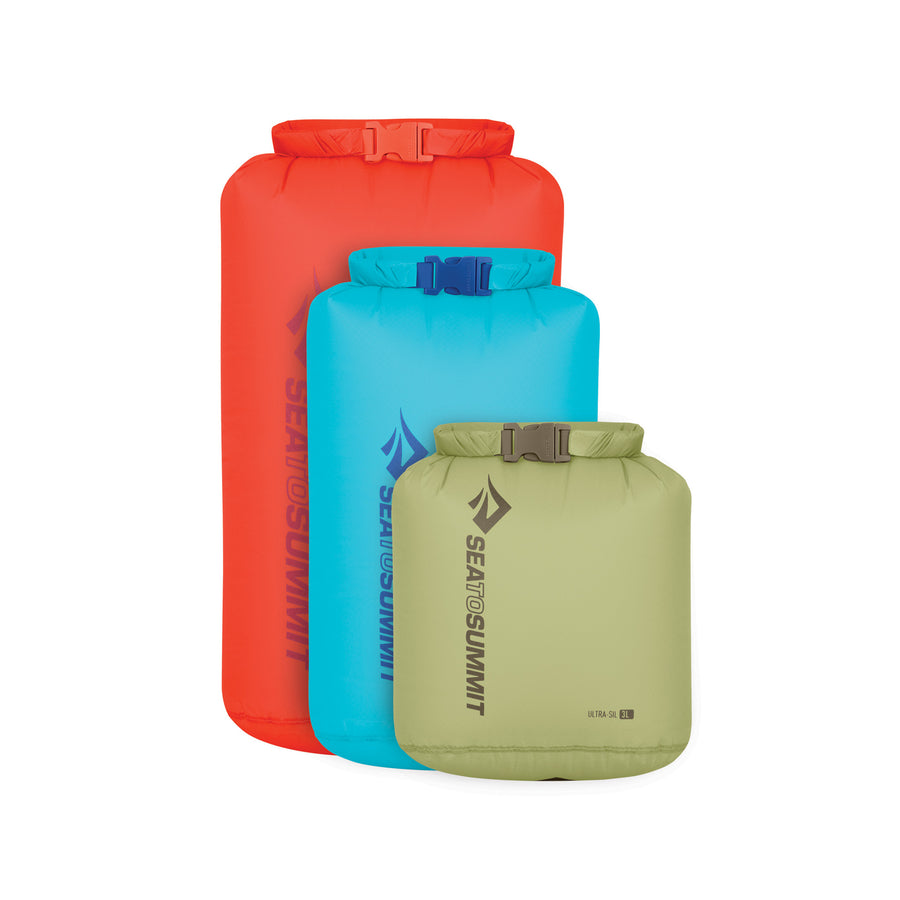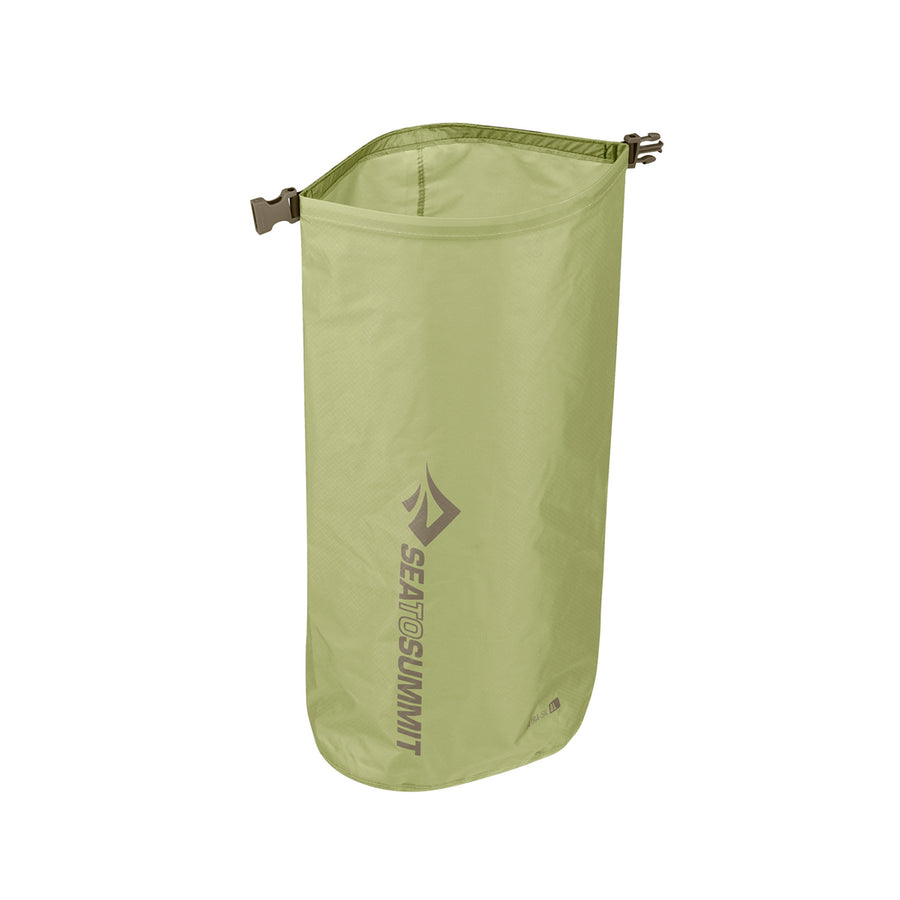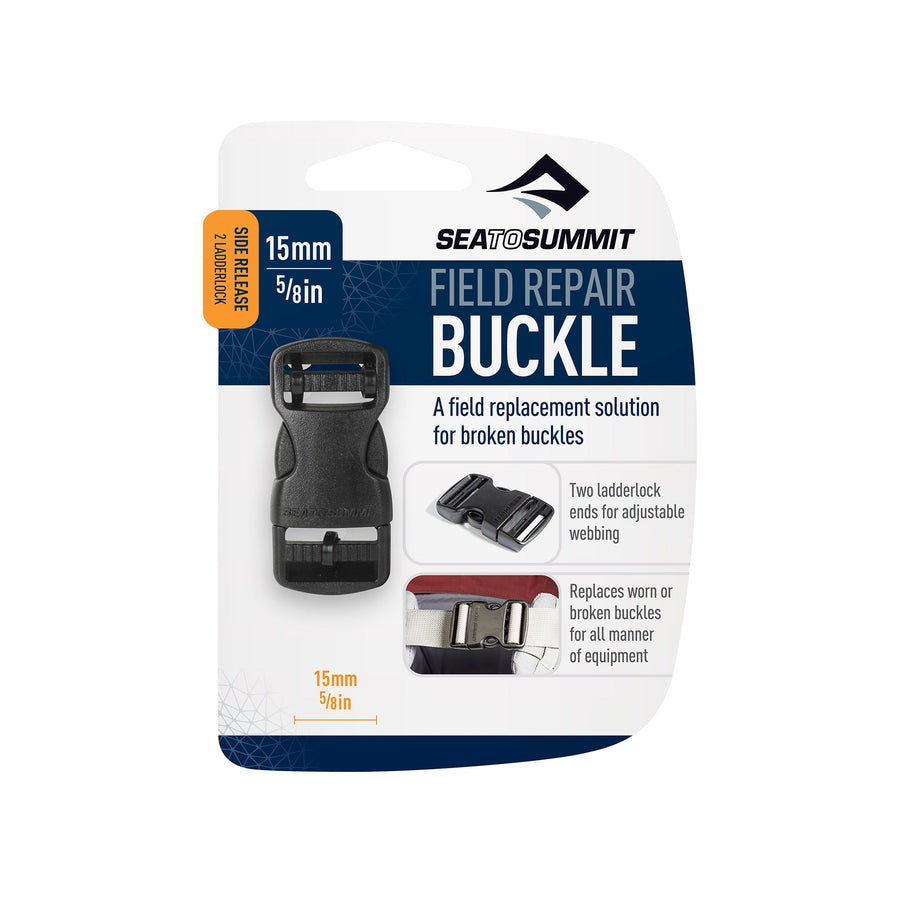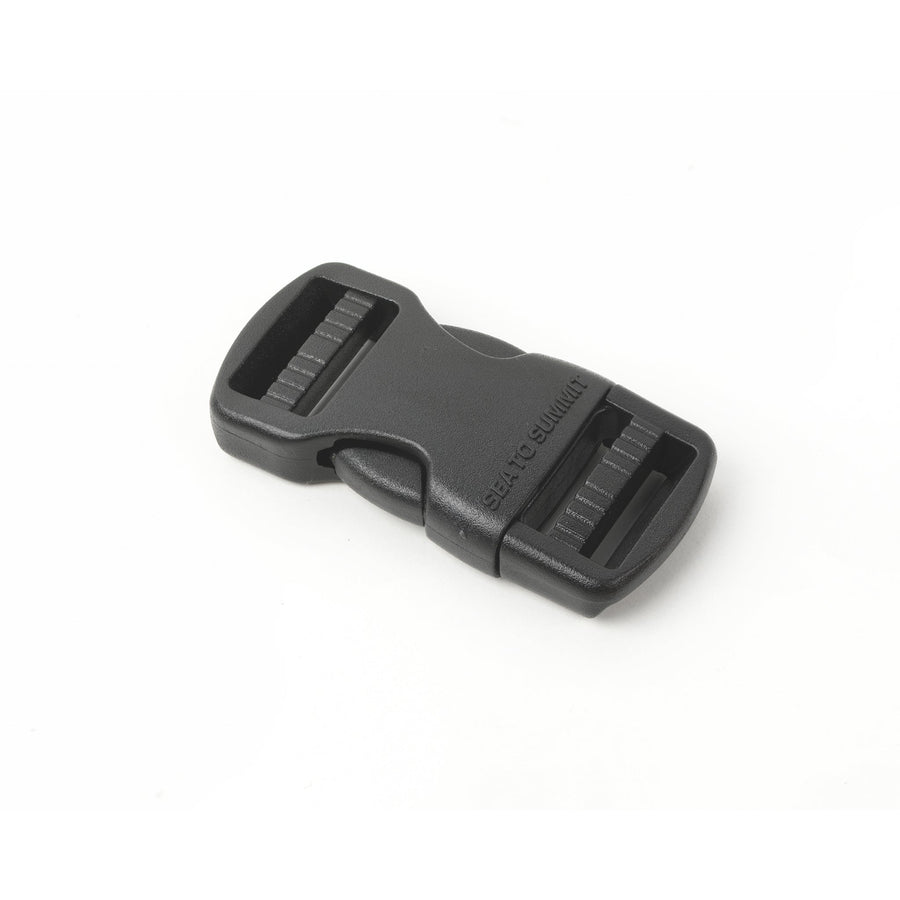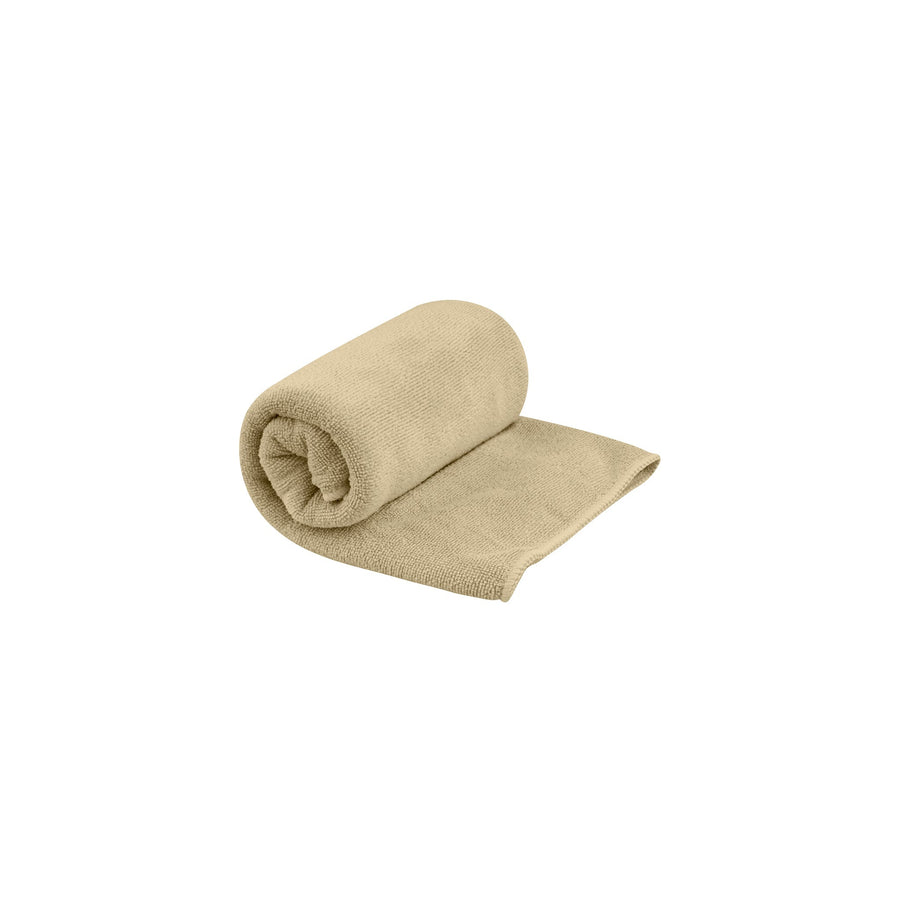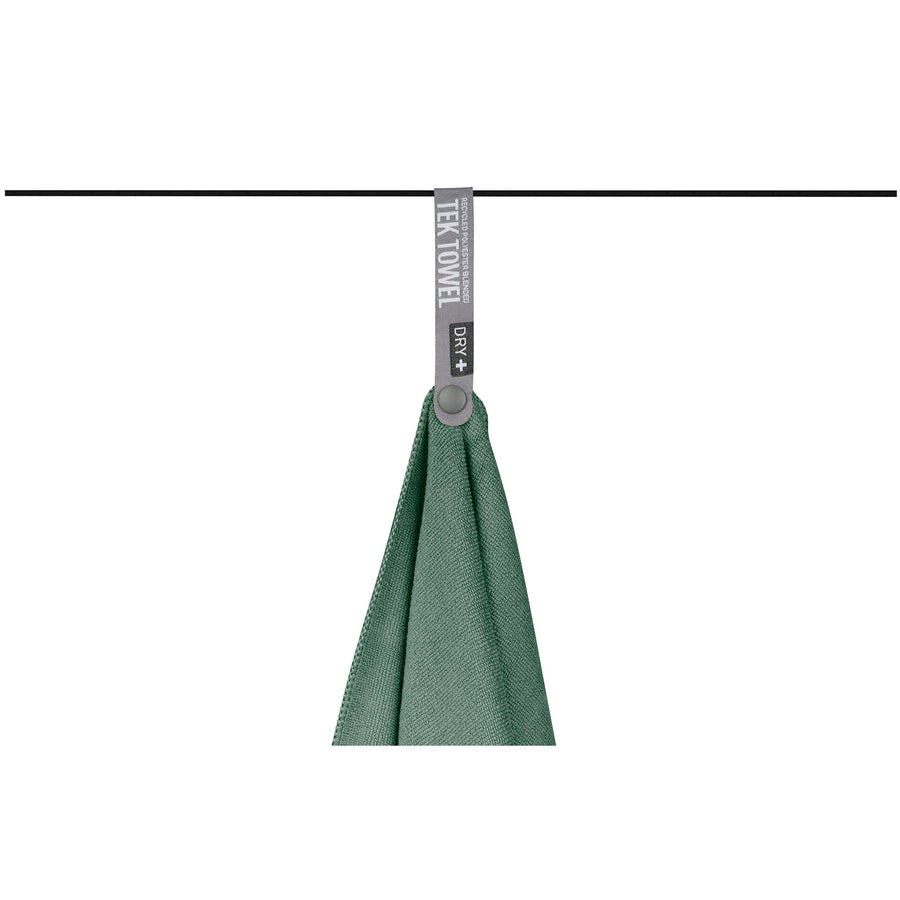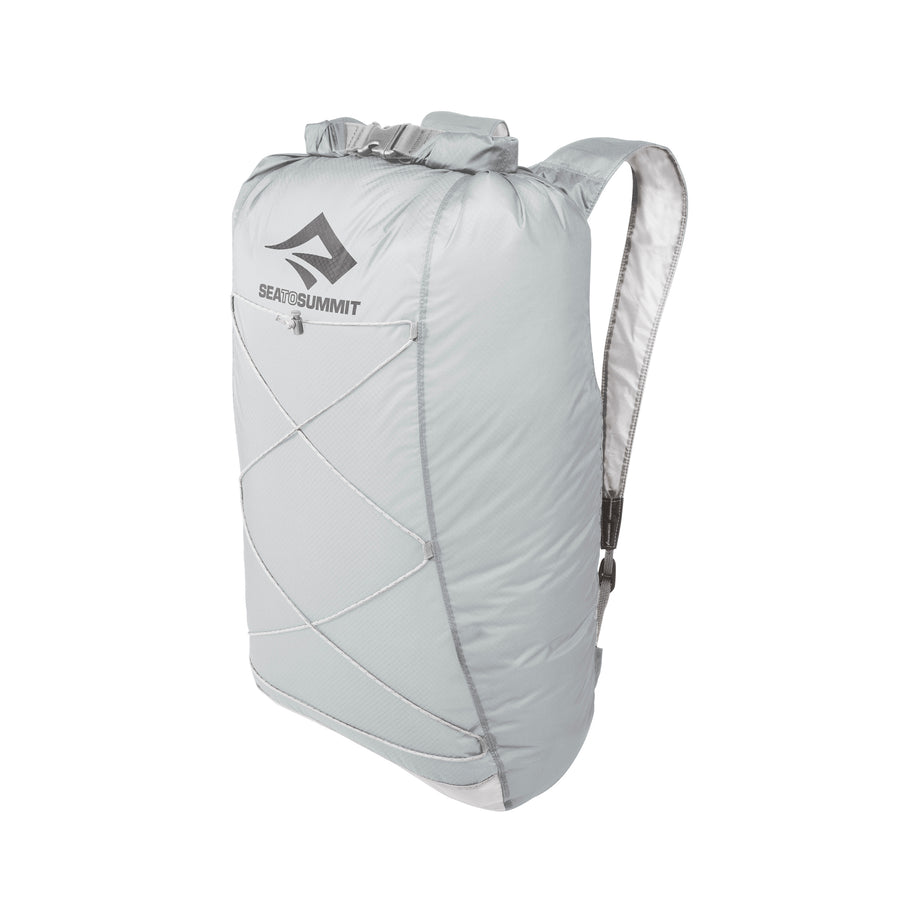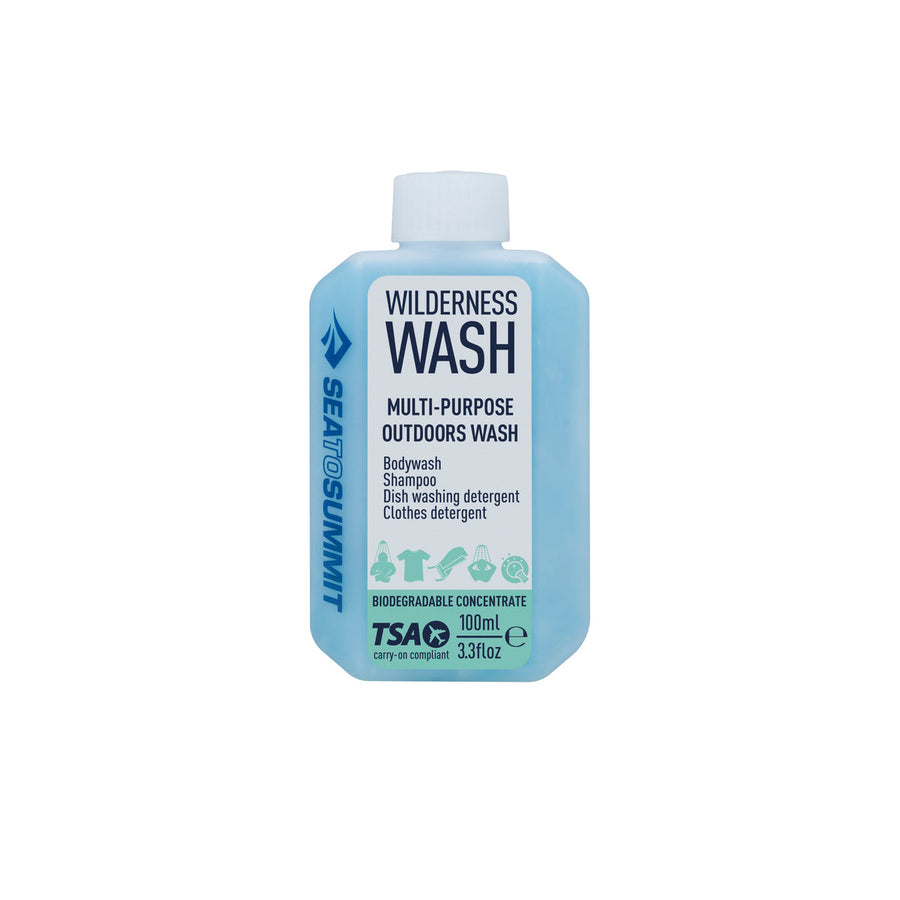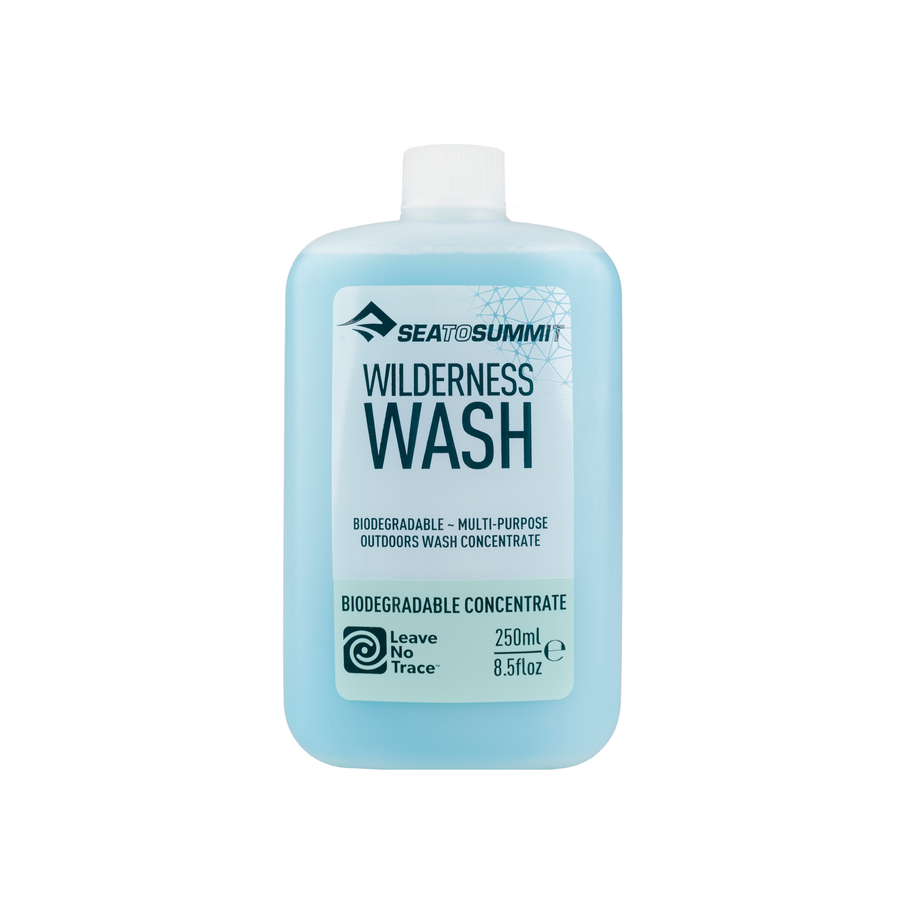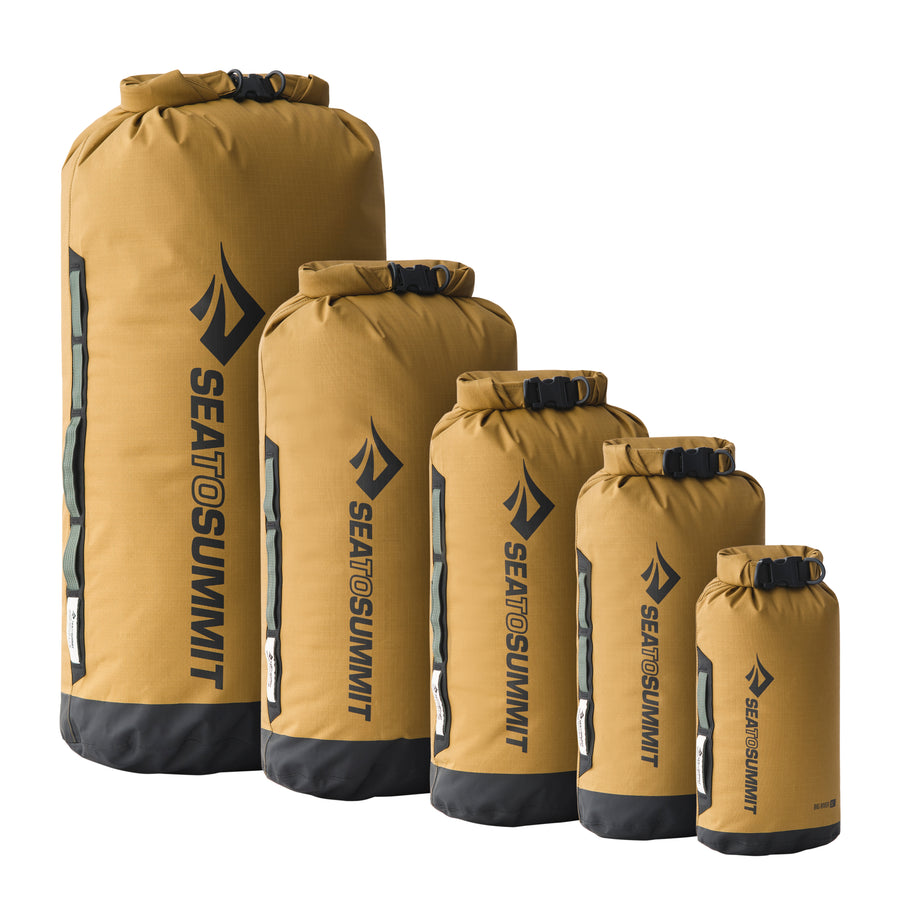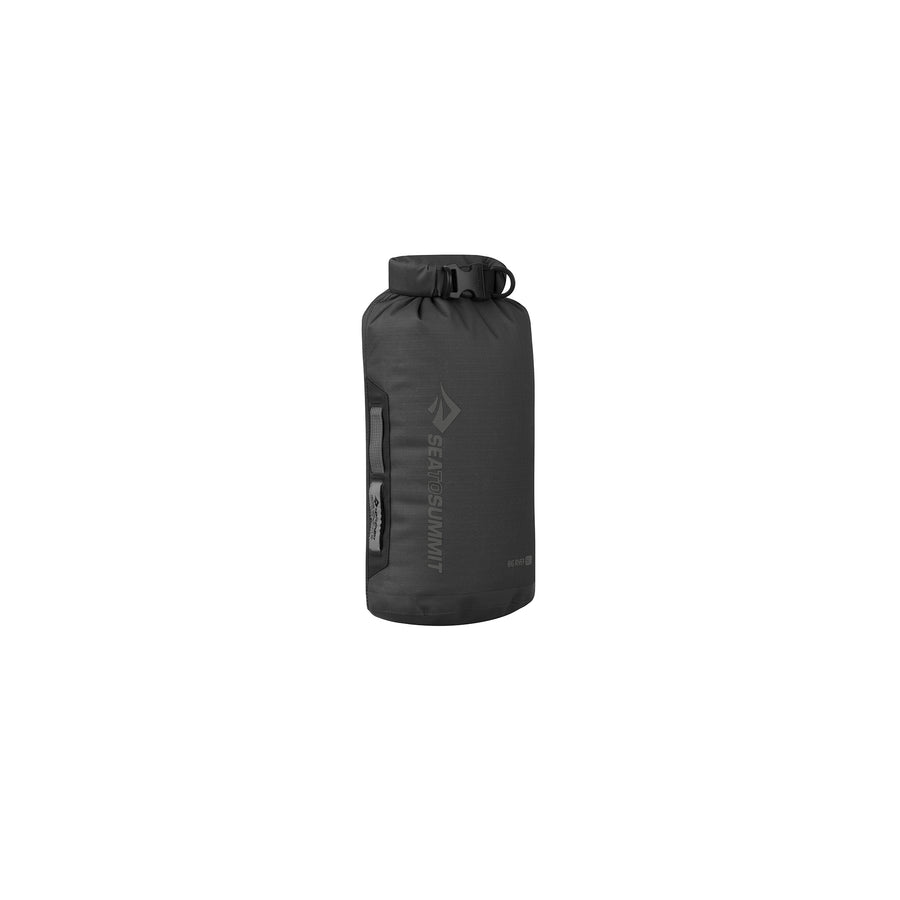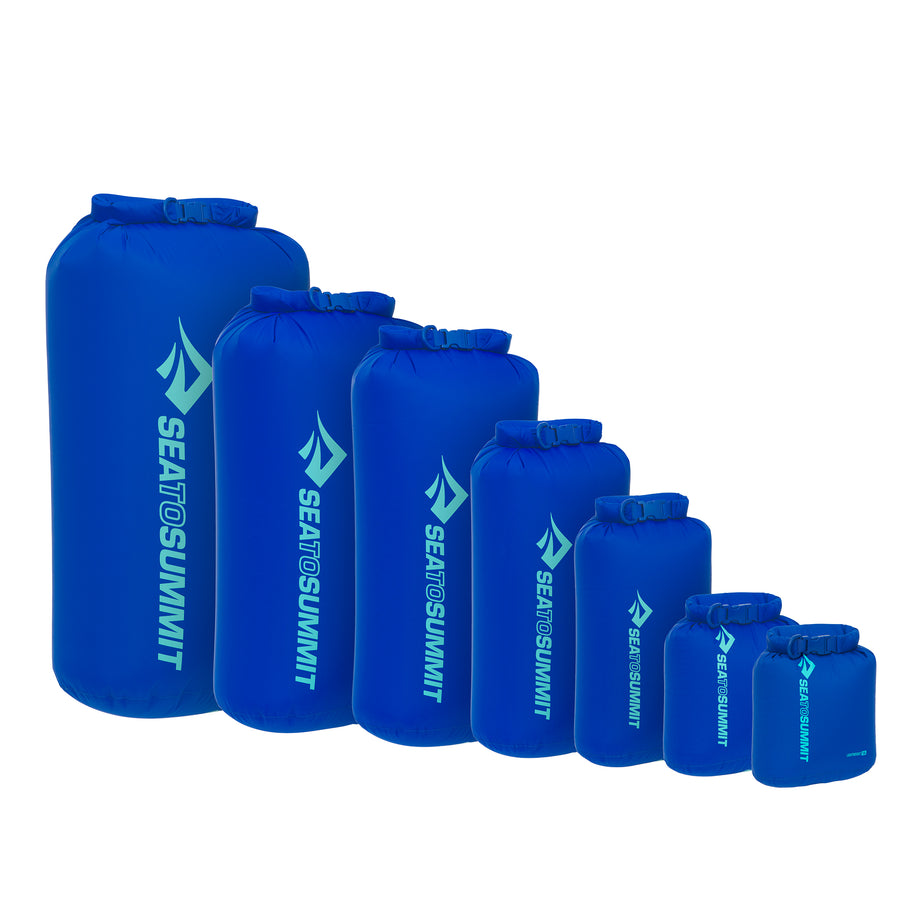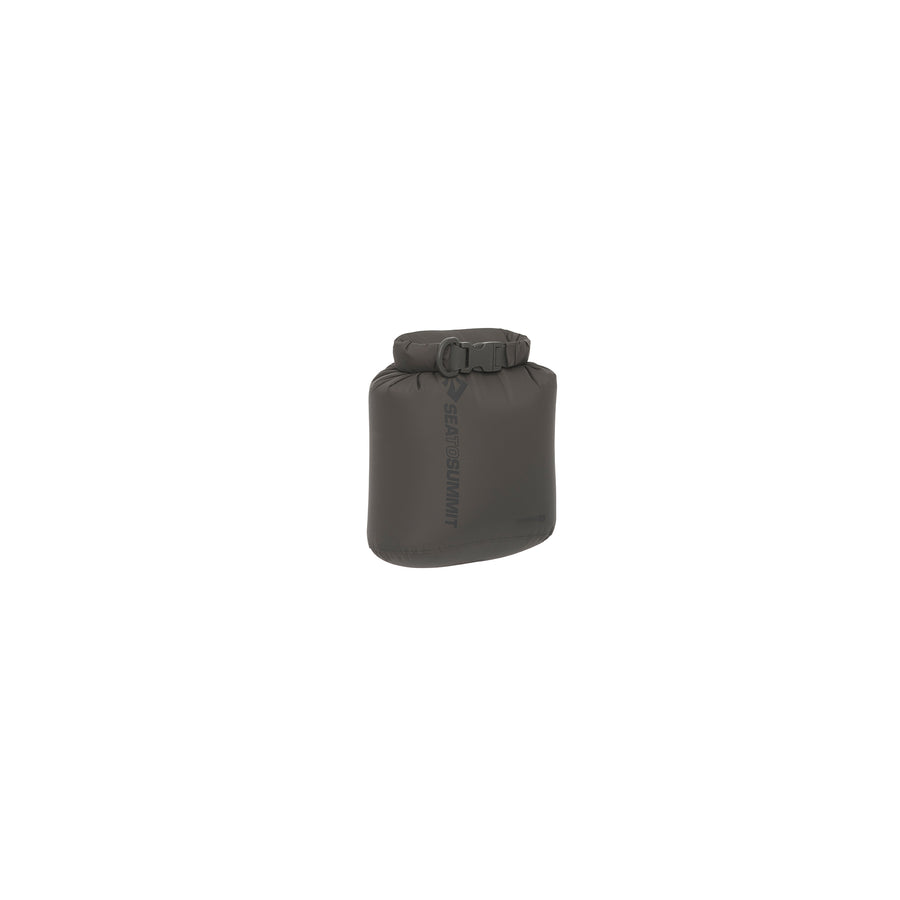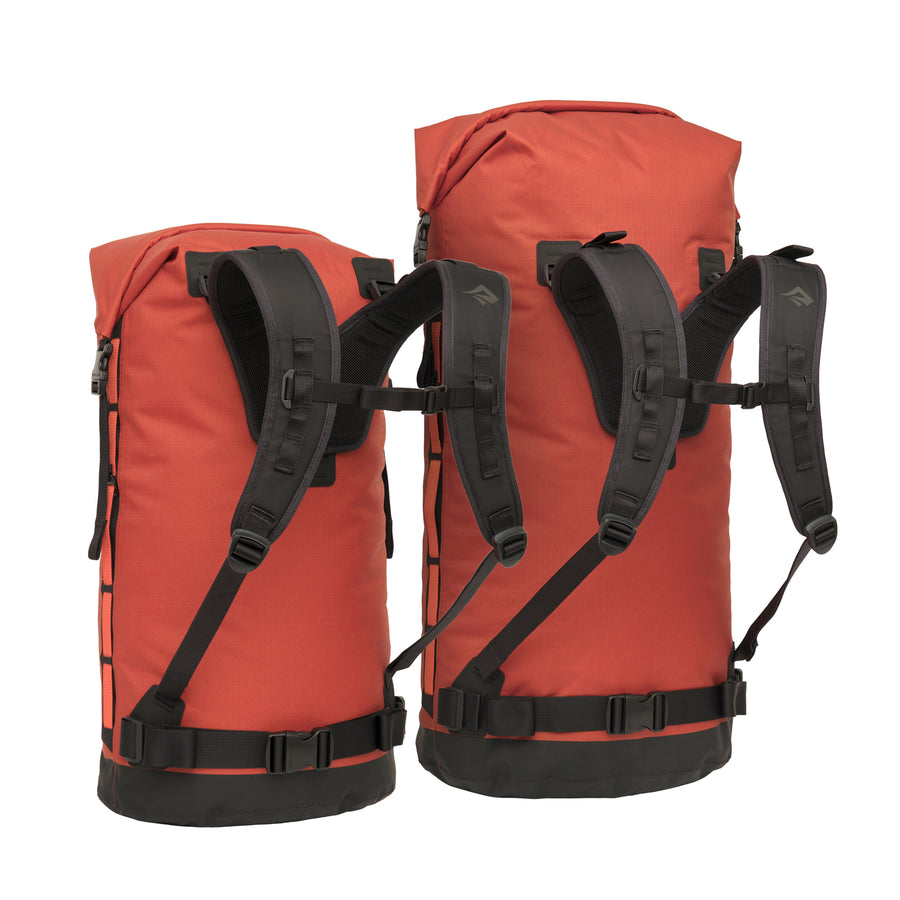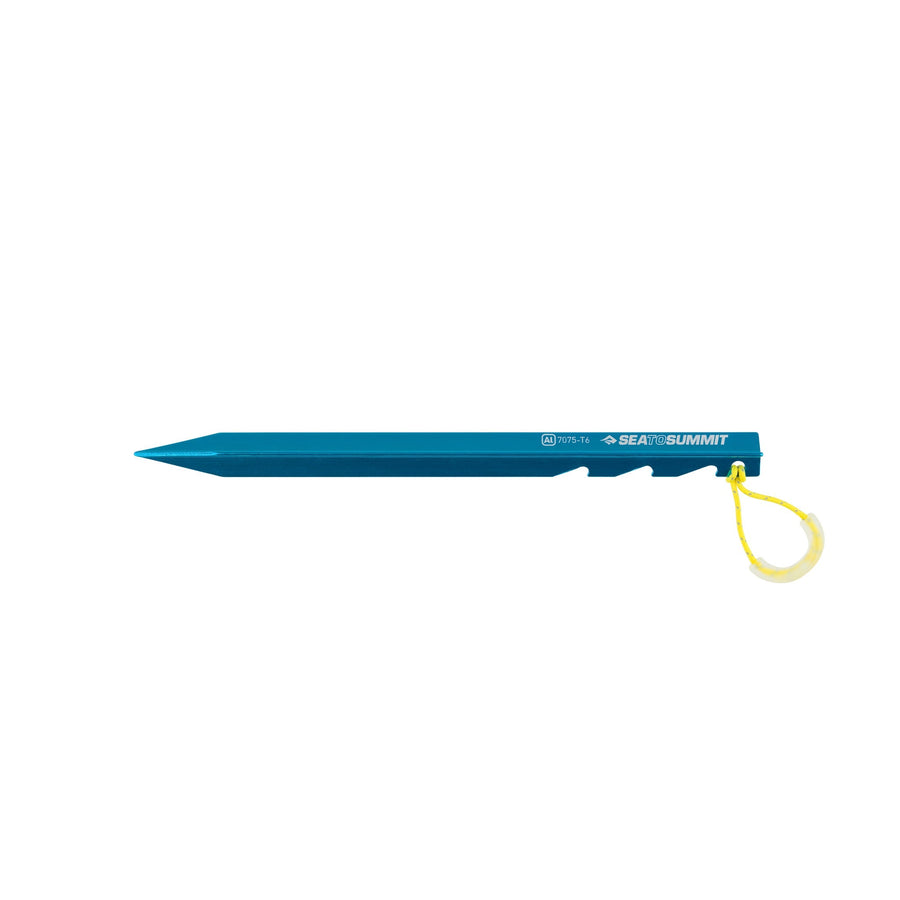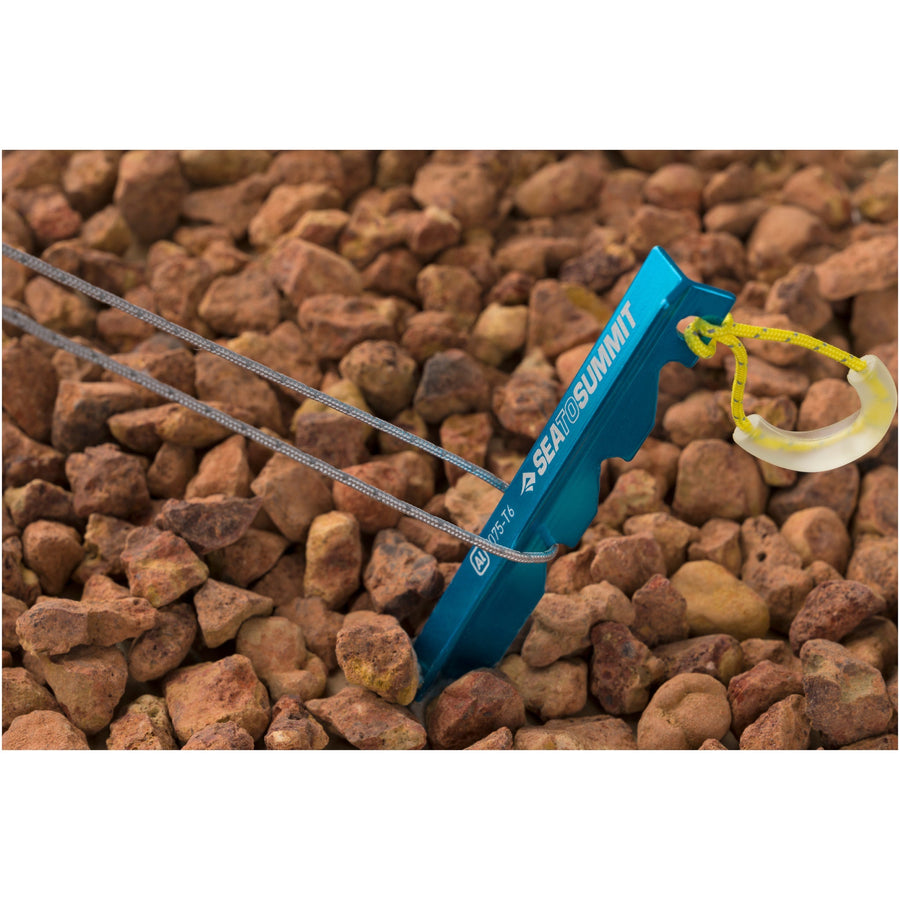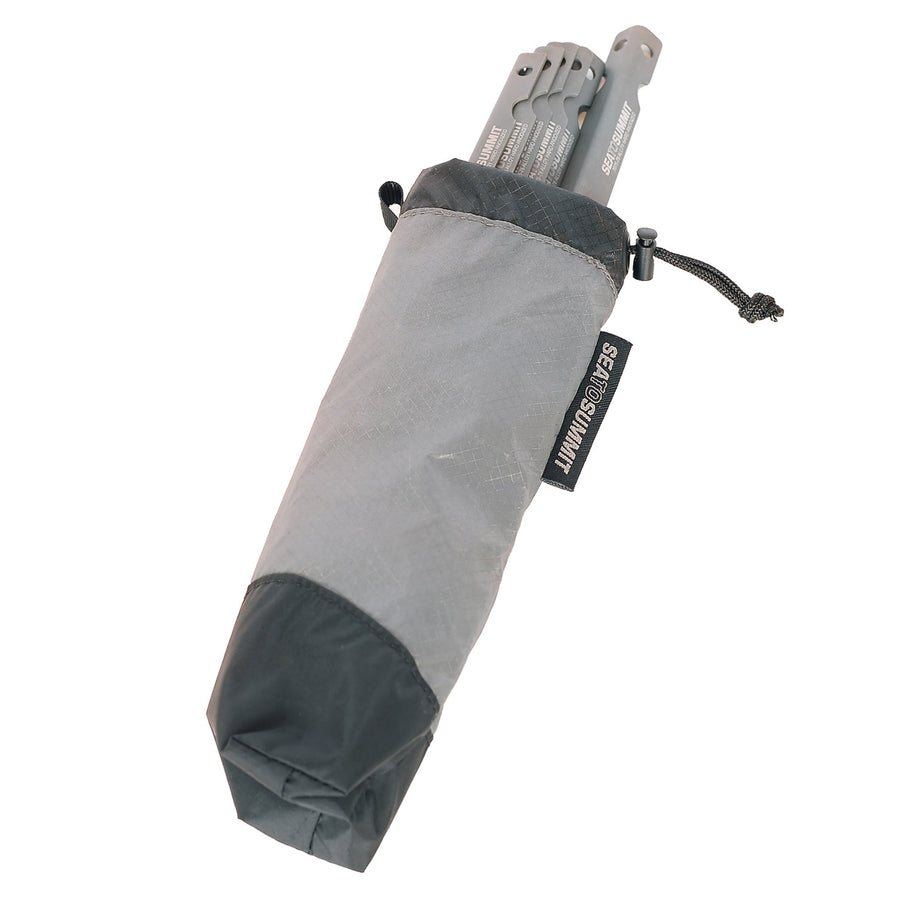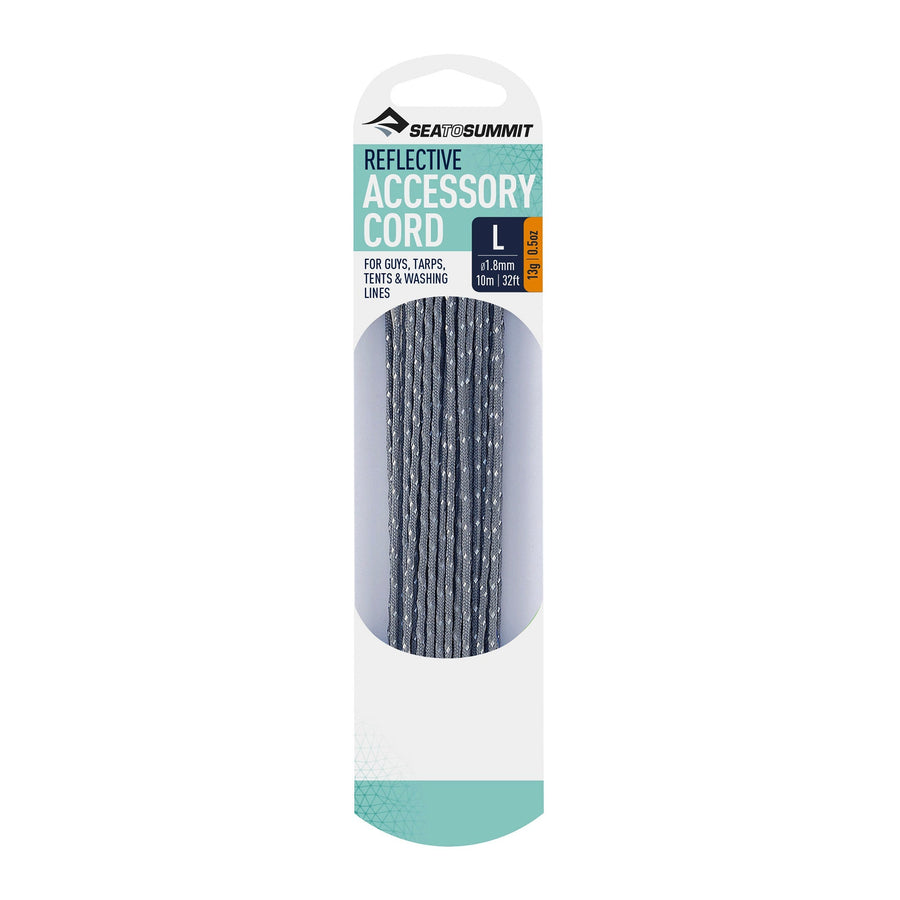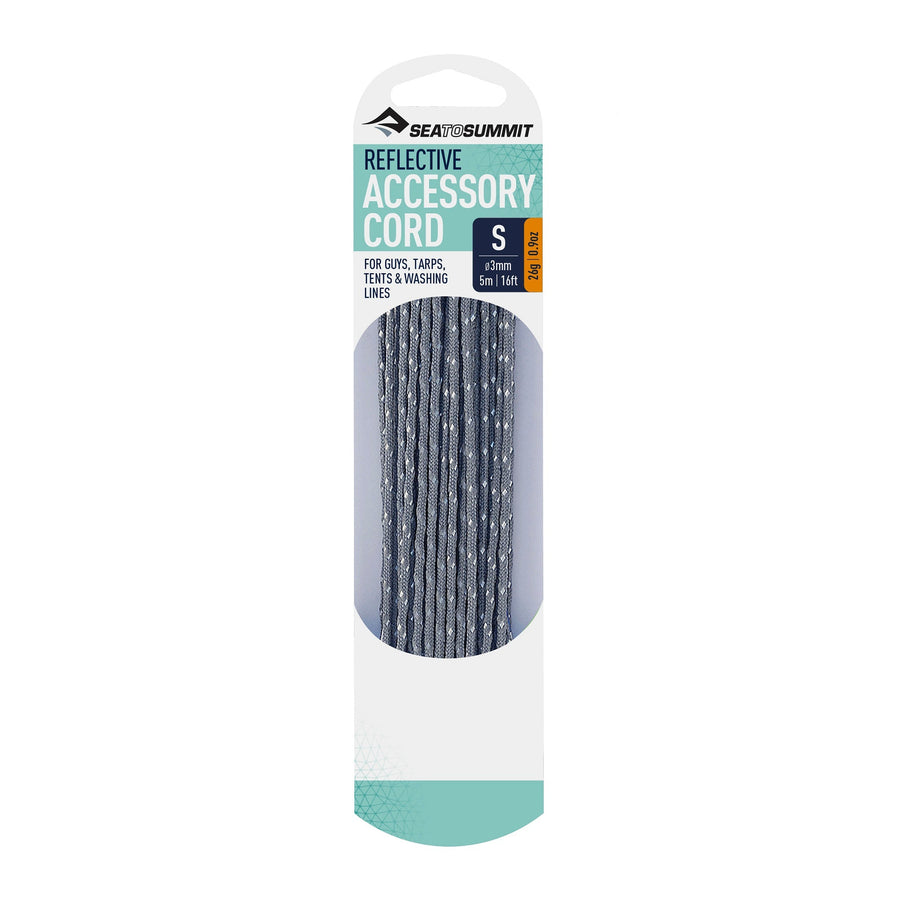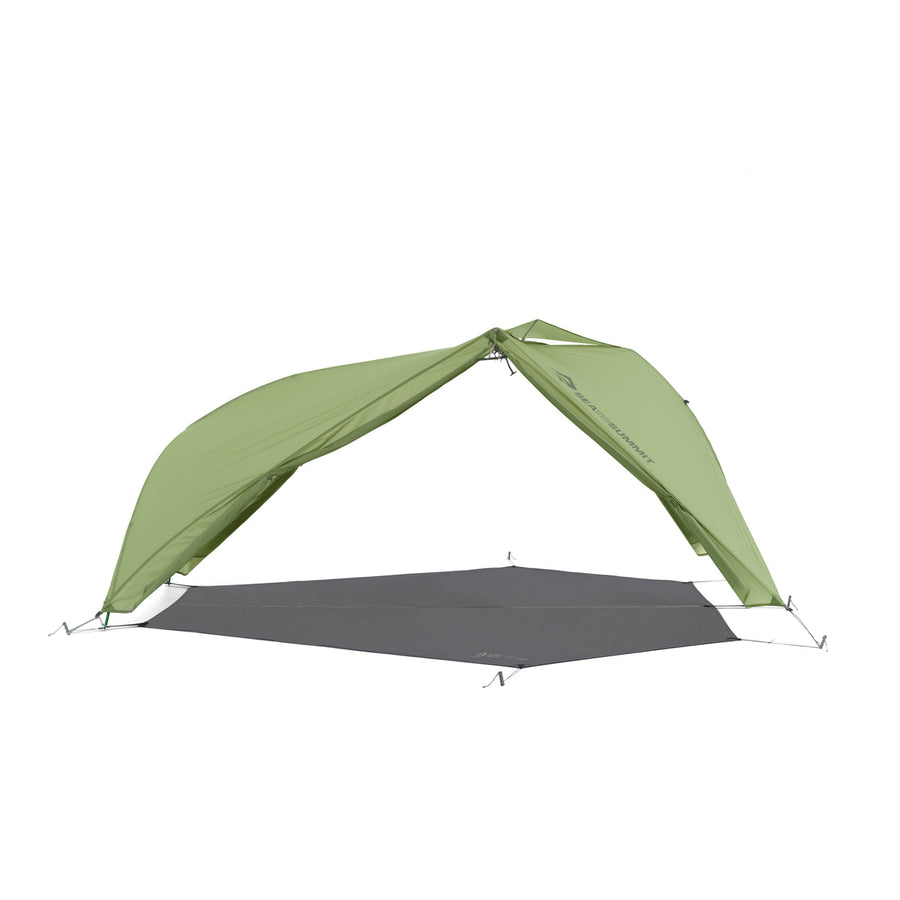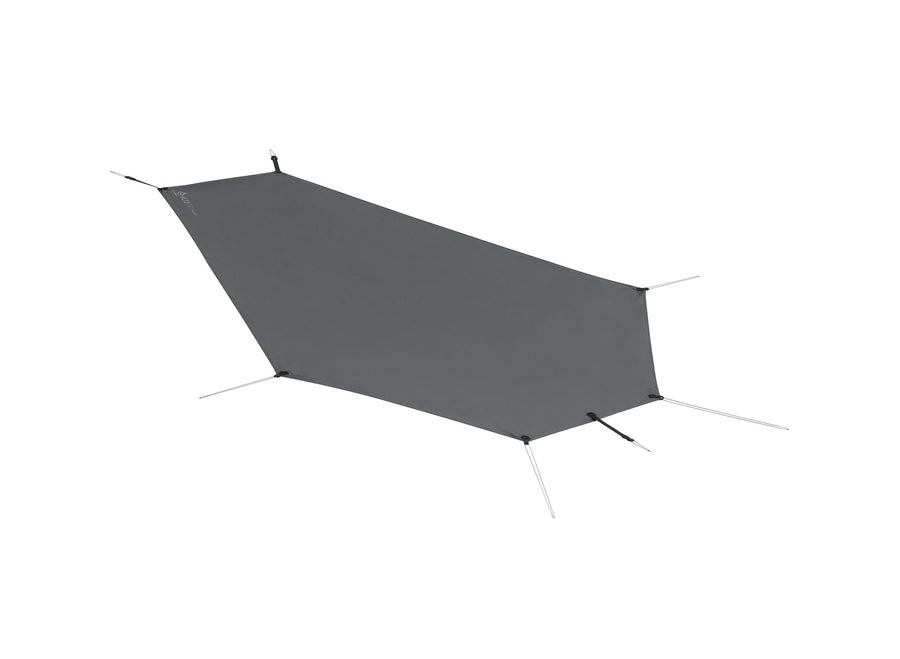Come dormire nell'entroterra

Di recente abbiamo pubblicato un post sul blog con i consigli su come scegliere e utilizzare un sito per campeggiare nell'entroterra. Una volta trovato il posto giusto per accamparti, ecco come riposare al meglio.
Avviso spoiler: più avanti in questo post parleremo dei sacchi a pelo, dei materassini e delle lenzuola per sacco a pelo Sea to Summit. Tuttavia, per quanto possa essere importante il giusto sistema di riposo, ci sono molti altri fattori che influiscono su un buon sonno. Continua a leggere...
Stare al caldo significa essere asciutti
Una volta sistemata la tenda o il riparo per la notte, è molto importante scegliere dei capi asciutti da indossare. La fatica dell'escursione avrà reso umidi di sudore gli indumenti indossati durante il giorno e questa umidità raffredderà la tua temperatura interna, indipendentemente dal numero di indumenti caldi che indosserai. La risposta a "fa troppo freddo per svestirmi!" è "Fa troppo freddo per non farlo!"
Indossare capi asciutti non solo ti aiuterà a riscaldarti, ma anche a stare meglio. E, dopo essere entrato nel sacco a pelo, ti aiuterà anche a dormire meglio. Una rapida pulizia con una salvietta Wilderness per rimuovere il sudore prima di indossare i capi asciutti ti farà sentire ancora meglio.
Un buon pasto prima di dormire
Abbiamo tantissime ricette di cucina da campeggio con suggerimenti per cucinare ottimi pasti nell'entroterra. Fidati di noi, preparare pasti gustosi e nutrienti è molto più semplice e veloce di quanto tu possa pensare, conoscendo i giusti trucchi e suggerimenti. Qualsiasi cosa si mangi, c'è un motivo per cui le persone dicono che il cibo è più buono all'aria aperta: di solito si ha più fame. Portare uno zaino per tutto il giorno, magari in salita e in discesa, comporta un gran dispendio di energia, così come mantenere la temperatura interna nell'aria più fredda dopo il tramonto. Mangiare cibi ricchi di calorie manterrà alimentata la tua fornace interna e questo ti aiuterà a dormire meglio.
Bene, vai avanti...
Un bicchiere Frontier con del vino può essere una piacevole aggiunta alla tua cena e può aiutarti a dormire. Tuttavia, due bicchieri di vino potrebbero disidratarti e rendere più difficile il riposo. Soprattutto in quota (e soprattutto se sei suscettibile ai postumi di una sbornia), vale la pena ridurre al minimo il consumo di alcol. Assicurati di aver filtrato abbastanza acqua da riempire la borraccia prima di andare a letto.

Prepararsi è meglio
Ecco la storia di un amico che di recente ha incontrato alcune persone in un campeggio fuori mano; i membri del gruppo si sono lamentati del fatto che il telo antipioggia svolazzante aveva impedito loro di dormire la notte precedente. "Questo perché il telo antipioggia è montato all'indietro", osservò il nostro collega e procedette a ruotarlo di 180°. Morale della favola: scopri come montare la tenda prima di partire per il tuo viaggio (e leggi il suggerimento sulle lenzuola extra per sacco a pelo nella sezione Come scegliere e utilizzare un sito per campeggiare nell'entroterra qui).
Quel battere di zampette...
Se hai sistemato il tuo riparo o la tua tenda in modo che non svolazzi al vento, potresti rimanere sorpreso da quanto sia silenzioso l'ambiente quando sei lontano dal sottofondo urbano. Silenzioso al punto da poter sentire ogni suono, compreso quello dei piccoli animali che corrono intorno alla tua postazione. Per questo motivo metti tutti i tuoi "oggetti odorosi": cibo, pentole, stoviglie e articoli da toeletta in una borsa anti-animali e agganciala a un albero sottovento, a una certa distanza dalla tua tenda.
Suggerimento: conserva le pentole e le stoviglie in modo che i roditori alla ricerca di residui di cibo o sale non possano entrarvi. Potrebbero praticare buchi nella tua pentola e ciotola Frontier pieghevole (e contaminare pentole e posate anche se non le masticano).
Buonanotte, luna.
Probabilmente andrai a letto molto prima nell'entroterra rispetto a casa. Un libro cartaceo (che, per i più giovani che seguono il blog, è una sorta di E-reader a bassa tecnologia) può riempire un po' di tempo e aiutarti a dormire. Ecco un consiglio per un po' di "illuminazione d'atmosfera" nella tua tenda: metti la lampada frontale in una Sacca portatutto Ultra-Sil gialla per una luce morbida e calda.
Quando proprio scappa...
Se tu, o qualcuno che condividerà la tua tenda, necessita di una "pausa bagno" durante la notte, è molto utile avere una piccola sacca Ultra-Sil (magari quella gialla di cui abbiamo appena parlato...) con gli articoli da toeletta e il necessario, da agganciare in un punto facilmente accessibile utilizzando un moschettone accessorio. Gli essenziali includono carta igienica, disinfettante per le mani e una lampada frontale. Sapere che sono a portata di mano significa tranquillità, e quindi maggiore comfort per dormire.

Il giusto sistema di riposo.
OK, siamo arrivati alla parte menzionata all'inizio del post. Per dormire bene, è necessario disporre di un lenzuolo, di un sacco a pelo e di un materassino. Ognuno di questi deve essere adatto alle condizioni che incontrerai. Mettiamoli in ordine:
Lenzuolo per sacco a pelo.
Un lenzuolo per sacco a pelo non solo mantiene pulito il tuo sacco a pelo, ma può anche cambiare l'ambiente in cui dormi. Se hai bisogno di più calore, usa un lenzuolo della serie Reactor. Se ti senti sudato e la notte è umida, prova un Breeze. Questi strati termici o di gestione dell'umidità per tutto il corpo sono morbidi ed elastici e ti aiuteranno davvero a dormire meglio.
Sacco a pelo.
La lamentela più comune sui sacchi a pelo è che alcuni utenti ritengono che non siano abbastanza caldi in determinate condizioni. Spesso questo è dovuto al fatto che il calore si disperde nel suolo, motivo per cui necessiti di un materassino che ti isoli adeguatamente (leggi il post sui valori R qui). Un altro motivo per cui un sacco a pelo potrebbe non offrire le prestazioni termiche sperate è la confusione che regna sulle classificazioni delle temperature. Ciò rimane vero nonostante la norma europea e, più recentemente, lo standard ISO siano stati ampiamente accettati come standard di valutazione. Comprendere le "Valutazioni EN" è un po' complicato, ma puoi trovare un buon riassunto dei pro e dei contro dei protocolli di test qui.
Oltre ad assicurarti di avere un materassino che isoli adeguatamente, il lenzuolo giusto per controllare l'ambiente in cui dormi e un sacco a pelo dalla temperatura adeguata, assicurati che ci sia abbastanza spazio all'interno del sacco a pelo in modo da non comprimere la piuma con le ginocchia, i fianchi e le spalle quando ti giri sul fianco.
L'idea che "un sacco stretto offre una migliore efficienza termica" è vera fino al momento in cui si assume la posizione fetale in cui la maggior parte di noi dorme e si appiattisce l'isolamento nelle aree sopra citate. Questo è particolarmente vero per le donne: un sacco a pelo da donna dovrebbe avere un taglio speciale per adattarsi alla posizione in cui dorme una donna.
Come suggerimento, i sacchi a pelo Ascent e Ascent da donna offrono spazio per muoverti e assumere una normale posizione di riposo, mantenendoti al caldo nelle temperature più fredde. Inoltre, quando la temperatura sale, la zip laterale e la zip del vano piedi garantiscono la ventilazione necessaria, fino ad aprire il sacco come una trapunta.
Materassino.
Sea to Summit utilizza effettivamente il termine "materassino" per la sua linea di prodotti, perché il comfort è simile a quello di un materasso normale. Oltre al comfort, i materassini ti isolano dal suolo (che è quasi sempre più freddo dell'aria). Il grado di isolamento dei materassini Sea to Summit viene misurato in laboratorio secondo lo standard ASTM F-3340-18, un fattore importante per la vera autenticazione della classificazione. Il post sui valori R illustra bene questo aspetto. Su questo blog troverai molti articoli sui materassini (semplicemente perché i fattori che regolano le loro prestazioni sono spesso poco compresi): il post "Quale materassino scegliere" è un buon punto di partenza.
Abbiamo studiato a fondo la creazione dei prodotti giusti per il riposo, perché sappiamo che dormire bene è fondamentale per vivere al meglio le avventure successive.
